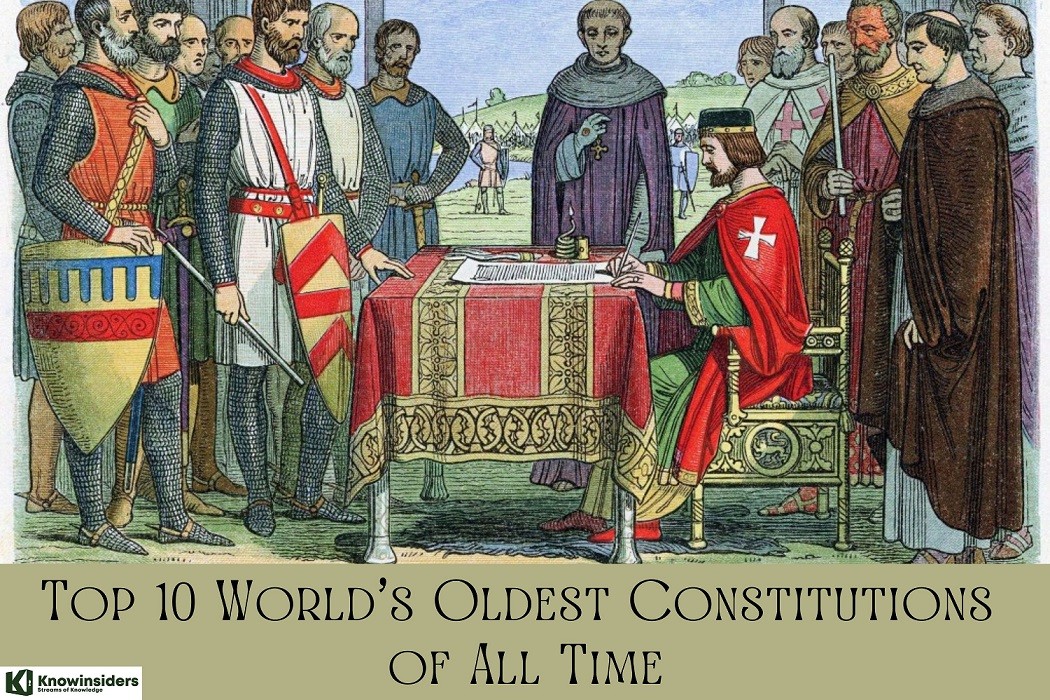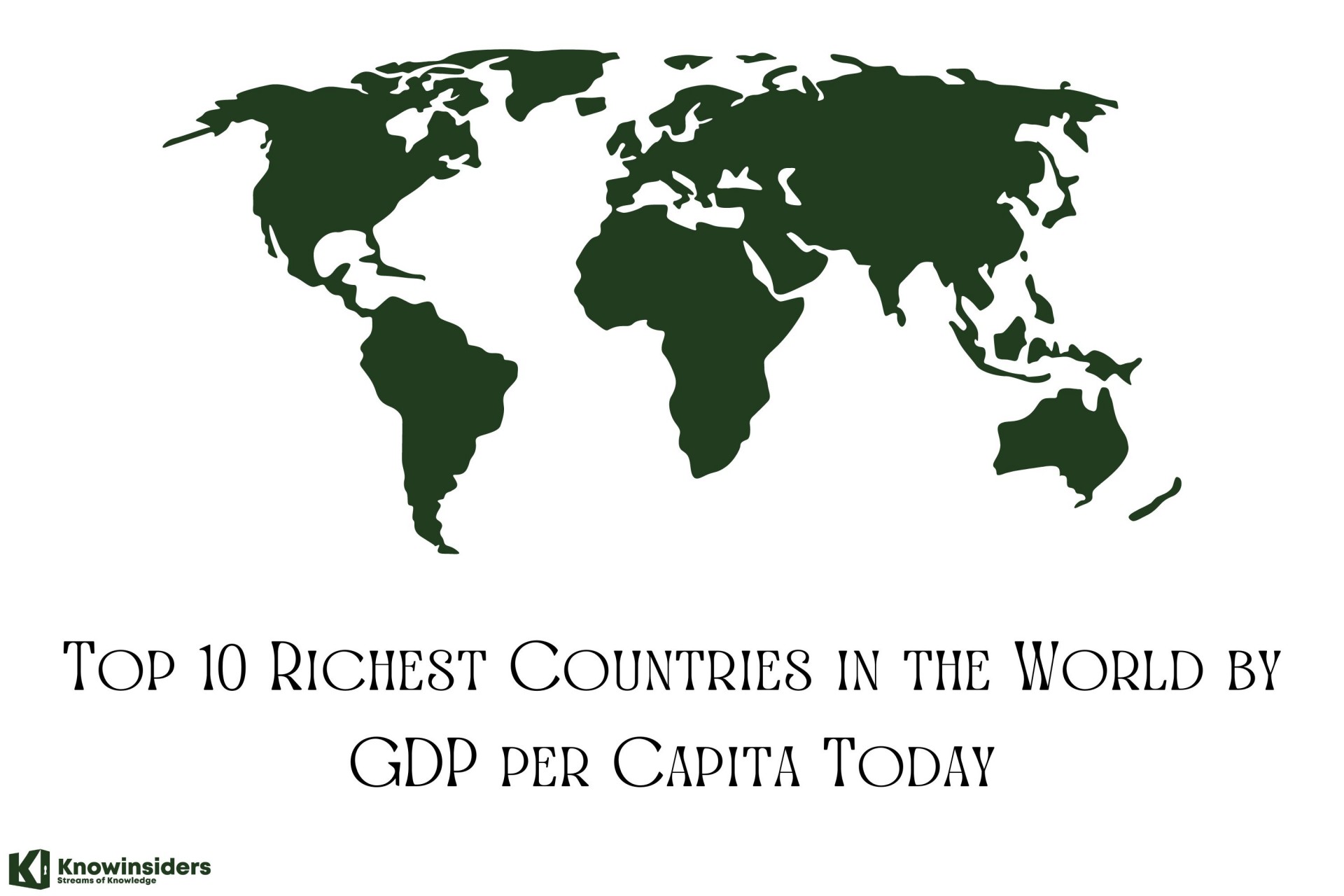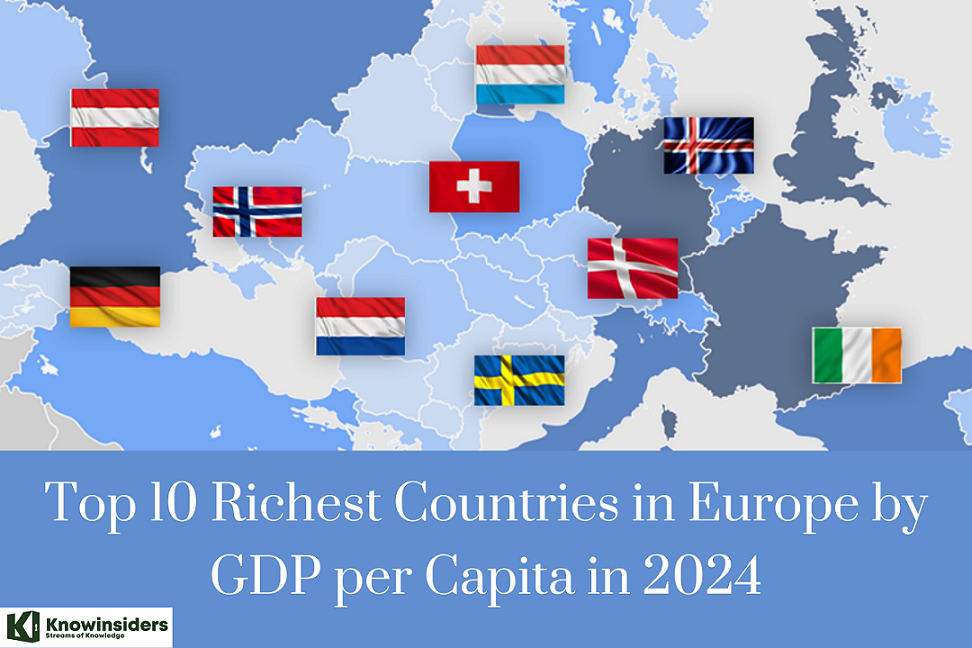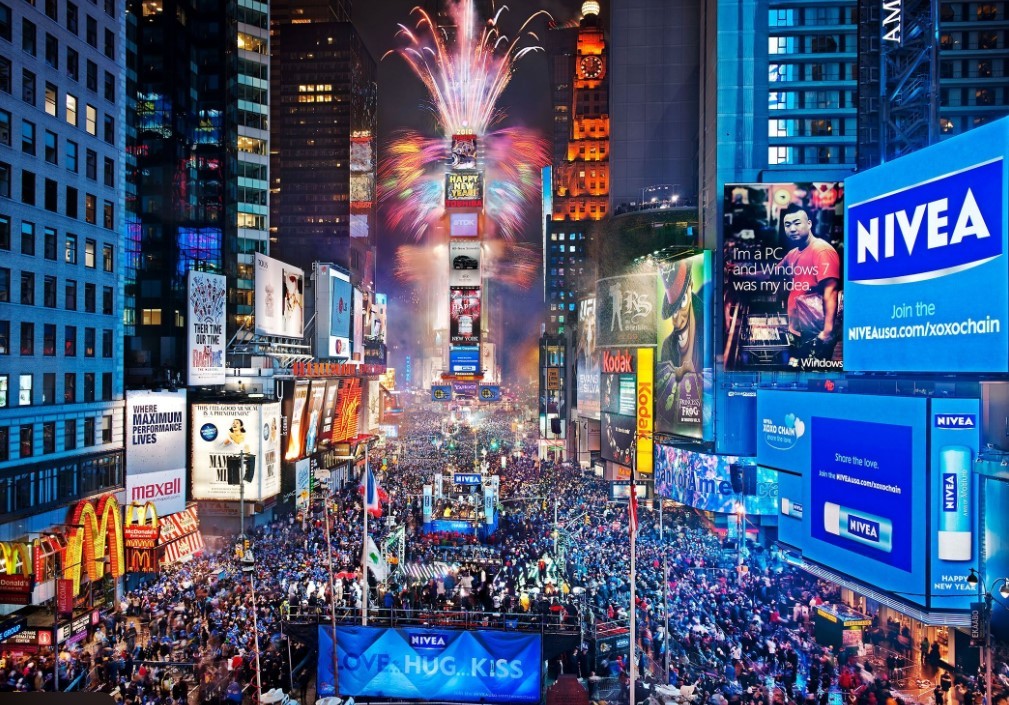What is the Capital of Norway: History, Facts, Best Places to See
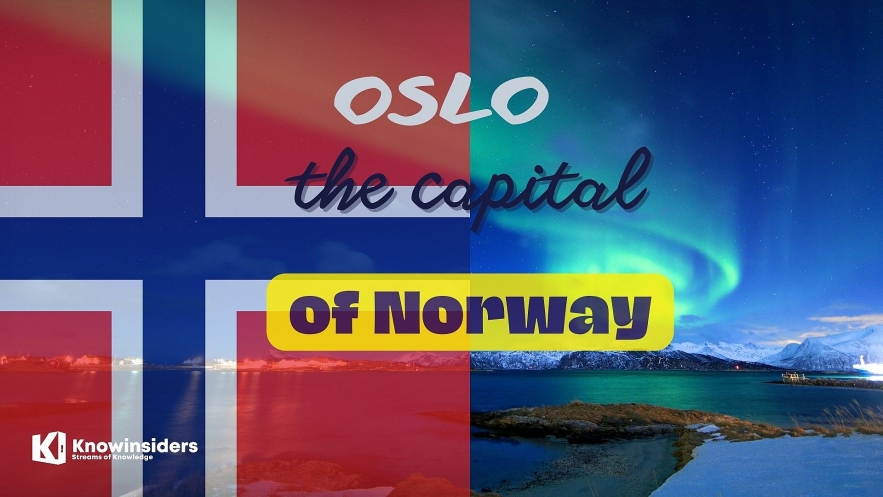 |
| What Is The Capital of Norway: History, Facts, Best Places to See. Photo: knowinsiders. |
What is the capital of Norway?
How much do you know about Norway's capital? Oslo is the capital and largest city of Norway. It is among the most expensive cities in the world.
The Oslo of today is every bit a modern European capital. The population is increasing rapidly and tourism numbers have never been so high. So a successful city today, but Oslo's history has had many ups and downs.
Let’s start with the basics, including history, best places to go and frequently asked questions and facts about the capital of Norway.
*****
History of Oslo
The history of Oslo stretches back to the start of the first millennium. The first mentions in Norse sagas date to 1049, but there is evidence proving a settlement existed earlier. As lifeinnorway.net reported, Archaeologists have discovered graves that indicate there was a settlement in the area around the year 1000, possibly earlier. The first people of Oslo lived in humble wooden houses with turf roofs, with sheds for goats, sheep and cows. Christianity had newly come to Norway, and soon managed to get a good foothold. During three hundred years, four monasteries and six churches were built in Oslo.
According to the Norse sagas, the establishment of the city occurred in 1049 when King Harald Hardrada made it a designated Kaupstad or trading place.
During the reign of Olaf III, Oslo grew to be an important cultural centre for the East of Norway. In 1070, the city was elevated to a bishopric. In 1174 a Cistercian monastery was built on the island of Hovedoya in the Oslofjord. The remains can be visited today.
Much of the city was owned by the church. Christianity was a strong influence in building the city and its importance.
In 1299, when King Haakon V came to the throne, he chose to reside in the city. Haakon had previously been Duke of Norway and had the city had formed his power base. So Oslo succeeded Bergen as the capital of the country.
| Oslo is the largest city and is the capital of Norway. Additionally, it is both a municipality and a county. Oslo is the governmental and economic center of the country and a center for trade, industry, shipping, and finance. Oslo is a global city that has been ranked first in terms of quality of life among European cities but also the second-most expensive city in the world following Tokyo. In 2015, Oslo had a population of 648,000. The population in 2018 is up to 673,469. The city proper has a population density of 1,400 people per square kilometer (3,700/square mile). The urban are has a population of 952,000 with an even higher density of 3,300 people per square kilometer (8,500/square mile). The Oslo metropolitan area has a population of 1.5 million. The total surface area that Oslo occupies comes to a total of 480.76 kilometers squared (185.62 square miles). Oslo is growing at a record rate and it's now the fastest-growing major city in all of Europe, as worldpopulationreview reported. Oslo's growth is attributed to high birth rates, intra-national migration, and international migration. The immigrant population is growing faster than the native Norwegian population and it now accounts for more than 25% of Oslo's population. |
According to streetdirectory.com, by 1300 when the construction of the Akershus fortress and castle was started, the city was already an important trade centre. As most of the buildings were of a wooden construction with turf roofs, the city was plagued by fires. After the great fire that destroyed the city in 1624, the Danish King Christian IV, decided to rebuild the city in brick and stone, and named it Christiania.
In the area known as Kvadraturen, some of the buildings dating from the 17th century have been preserved. At the beginning of the 19th century, the city was the size of a small town, but with the mid-19th century economic surge, Oslos population began to grow rapidly and people migrated to the capital from all over Norway in search of employment. In the period from 1850 to 1900, the population increased from a mere 30 000 to 220 000 inhabitants.
 |
| The Norwegian Parliament in Oslo. Photo: lifeinnorway.net. |
Since the separation from Sweden in 1905, national awareness increased, and this sentiment lead to a Parliamentary Decree renaming the city Oslo in 1925. In 1948, the two municipalities of Oslo and Aker merged, increasing the area of Oslo to 454 km2 and the population by approximately 135000 inhabitants. In the 1950s, in order to accommodate the increasing population, the suburbs were developed through large-scale building projects. At the same time the public transport system was expanded, facilitating the transfer from the suburbs to the city centre. One of the most recently developed areas of the city is Aker Brygge.
Once a ship's wharf, it is today a symbol of the modern Oslo: a pedestrian area with lots of shops, restaurants and cultural activities - all in close proximity to the fjord - just like the first settlements more than 1000 years ago.
Best Places to See in Oslo
A trip to the capital wouldn't be complete without seeing the following attractions:
Kon Tiki Museum
According to touropia.com, while many Norwegian explorers battled polar elements, Thor Heyerdahl took on the Pacific Ocean in 1947, crossing 8,000 km (5,000 miles) on Kon Tiki, a handmade balsawood raft. This voyage proved that people from South America could have reached out to Polynesia via sea travel. The Kon Tiki Museum offers a unique opportunity to learn about Heyerdahl and his other sea adventures, including to Easter Island and the Galapagos. Other crafts he sailed on his adventures are on display at the museum. The museum has one of the world’s largest collections of Easter Island artifacts outside that island.
Marvel at Oslo Fjord
The beautiful Oslo Fjord stretches 100km (62mi) south from the city and is dotted with picturesque islands such as Langøyene, Gressholmen and Lindøya. Holidaying Norwegians flock here in the summer to swim, kayak, barbecue and enjoy cruises. From its banks, hike through nearby woodlands, open fields and quaint villages. Winter swims are popular, just with a fjordside sauna before and after, as theculturetrip.com reported.
Visitors ready for a day in the outdoors won’t want to miss Oslofjord, which contains a highly scenic collection of islands in southeast Norway. Island hopping by ferry is a popular summer activity, giving travelers an opportunity to sample each island’s uniqueness. Some islands offer great swimming, but all offer the perfect spot to eat a picnic lunch, all within minutes from Oslo. Oslofjord also is a good place to go canoeing, sail ring, kayaking, camping or fishing. Visiting Oslofjord offers a relaxing day and the chance to gaze upon the fjord’s deep blue water that is punctuated with the occasional lighthouse.
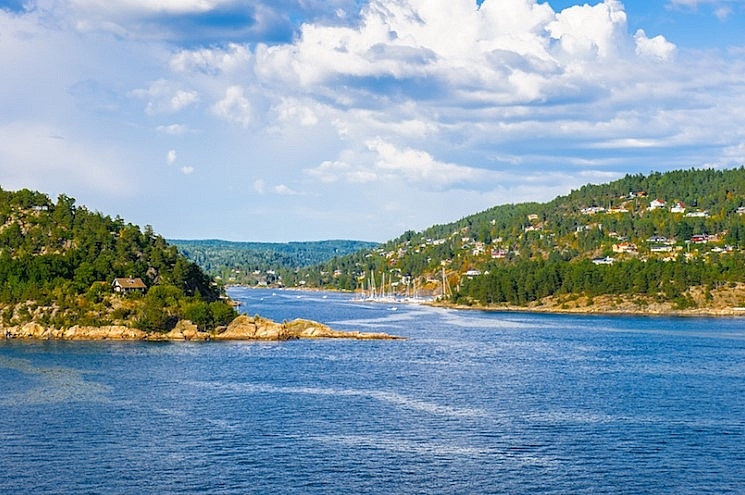 |
| Photo: touropia.com. |
The National Gallery
One of the best places to visit in Oslo city, as traveltriangle reported, the national gallery offers all the creative things from drawings to sculptures, an art lover would want. It has the largest collection of art in Norway and was founded in 1837. You can find art pieces by Norwegian artists of repute along with some select pieces from famous artists from around the world. The highlights include: Madonna, The Dance of life, Tidemand and so on. One of the highlights that make it a must on every Oslo sightseeing list is a fairy tale room which depicts mythical characters from famous fairy tales.
Location: Universitetsgata 13, Oslo.
Munch Museum
Located on the Oslo waterfront, as thrillophilia.com reported, Munch Museum opened its doors in 2021that showcases the largest art collection by Edward Munch. It is an ideal place amongst the places to see in Oslo Norway to experience the life and art of Edward Munch.
Based on the life of Edvard Munch, Norway’s most-renowned painter, this museum exhibits the various works of the artists, from graphic art to sculptures. The museum has also kept on display the artist’s watercolors that Munch once used as well as his private library. Munch Museum consists about 28,000 of such pieces of work. You’ll even get to have an insight into the artist’s life through the guided tours, lectures, concerts, and film screenings that keep getting organized here. Needless to say, this is one of the top places to visit in Oslo.
Location: Tøyengata 53, 0578 Oslo, Norway
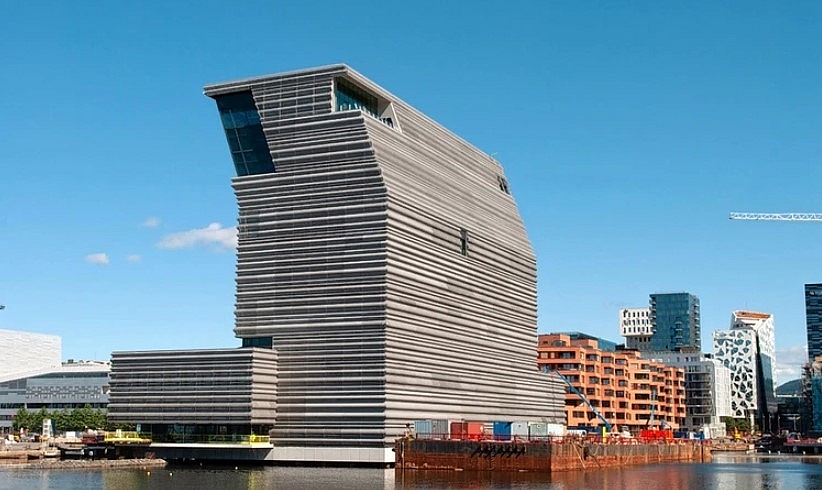 |
| Photo: thrillophilia.com. |
The Viking Ship Museum
No trip to Norway would be complete without visiting at least one of the many museums and exhibits dedicated to the country's Viking past. One of the best is the Viking Ships Museum (Vikingskipshuset på Bygdøy). This popular attraction is home to three historic 9th-century vessels, the best-preserved being the 21-meter-long Oseberg Ship.
The largest surviving pre-Christian artifact in Scandinavia, this impressively decorated vessel was built around AD 800 and was used for the burial of a chieftain's wife and two other women. They were buried with a large selection of items, including furniture, clothing, and personal items, which provide a great deal of insight into Viking life.
According to planetware.com reported, the other vessels on display include the 23-meter-long Gokstad Ship, a seagoing vessel designed for use under sail or with oars, and the less intact Tune Ship. The museum's film, Vikings Alive, provides a fascinating look at these artifacts and demonstrates the long process of Viking shipbuilding by use of CGI animation. The museum is also home to several additional exhibits and films, which explore Viking life on the seas. A shop is located on-site, and English language audio guides are available with admission (guided tours are also provided).
Address: Huk Aveny 35, 0287 Oslo.
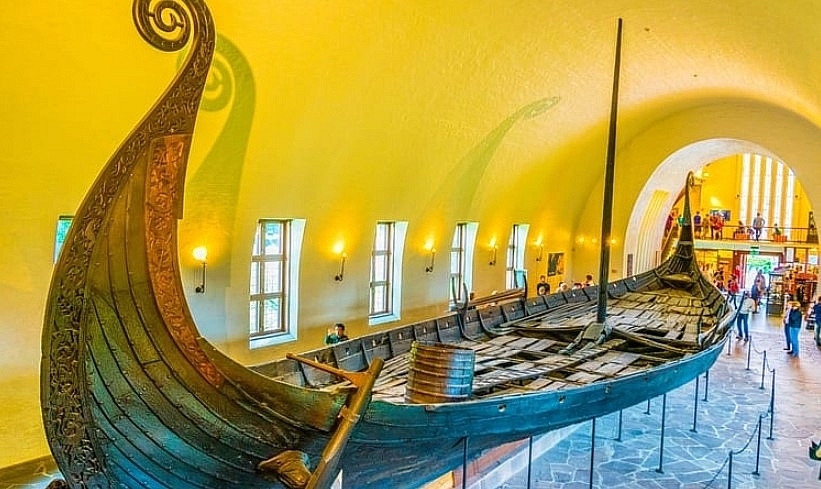 |
| Photo: thrillophilia.com. |
The Royal Palace
One of the places to visit in Oslo Norway is the Royal Palace, located at the northwest end of Karl Johansgate. This palace built in 1825 is a commanding presence on the cityscape. The public is not allowed to visit this enormous 173-room building, but you can enjoy its beautiful grounds and watch the regular changing of the guard. Near the palace also lies the Norwegian Nobel Institute, in the hallowed confines of which, the Nobel Peace Prize is presented.
Location: Slottsplassen 1, 0010 Oslo, Norway
Oslo Opera House
Apart from the exquisite architecture, Oslo Opera House is operated by Statsbygg that is a government agency known for managing property for the Norwegian government. The design and setting of the Oslo Opera House are nothing short of spectacular, just as are the performances of the Norwegian National Opera and Ballet. Built of white granite and white carrara marble, with lots of high windows, the building seems to rise from the waters of Oslofjord; a white pedestrian plaza leads up to the opera house. With 1,100 rooms, the opera house is the largest cultural building erected in Norway since 1300. Anyone who views this magnificent building will say it was certainly worth the wait!
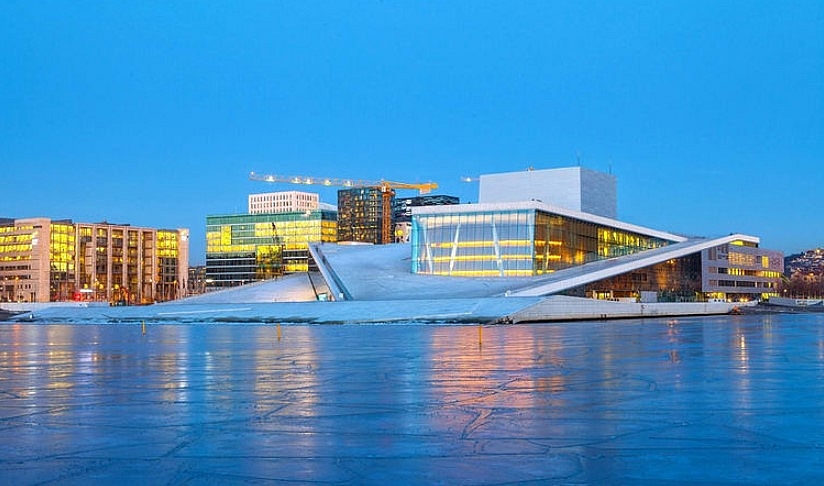 |
| Photo: thrillophilia.com. |
The Fram Museum
According to touropia.com, Norway is home to some famous polar explorers, including Roald Amundsen, Fridfjøf Nansen and Otto Sverdrup, so it is fitting for the Arctic nation to celebrate them and their efforts. The Fram Museum concentrates on Norway’s contribution to polar exploration. It is home to the Fram, Norway’s first vessel used in polar exploration, and the Gjøa, the first ship to sail through the Northwest Passage. The museum is located at Oslo’s Bygdøy peninsula near other maritime museums. Visitors can board the Fram where a northern lights show takes place every 20 minutes. The museum is multilingual, with signage in 10 languages.
Oslo Cathedral
Oslo Cathedral is mainly known as a venue for Norwegian Royal Family weddings and funerals. The extravagant architecture is the first thing that impresses the visitors here.
If you’re thinking what is Oslo famous for, then you must visit this cathedral – one of the places this capital city is famous for! Sanctified in the year 1697, Oslo Cathedral has gone through various renovations and reconstructions over the years. In the year 1850, the tower was reconstructed and the interiors were renovated just after the end of WW2. The highlight of this cathedral is the main doorway where you will see well-ornamented bronze doors.
Location: Karl Johans gate 11, 0154 Oslo, Norway
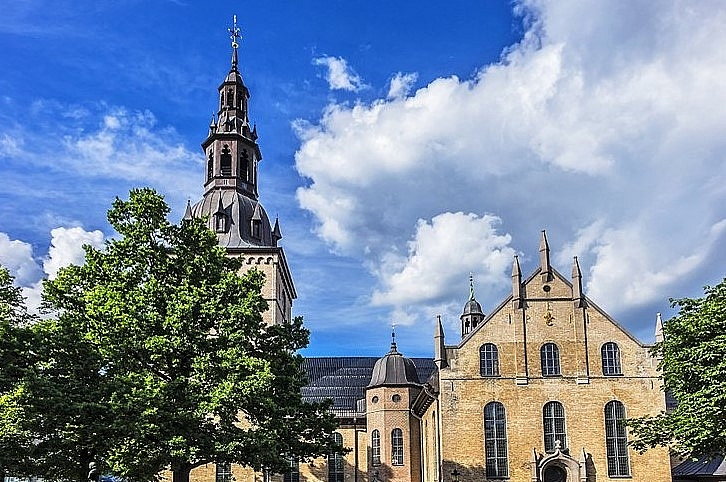 |
| Oslo Cathedral. Photo: planetware.com. |
Interesting Facts about Oslo
Let's scroll down to find some interesting facts about Oslo that we summed up from lifeinnorway.net, nordicexperience.com, freetouroslo.com
The Tiger City With No Tigers
Oddly enough, Oslo is also known as “Tiger City” or “tigerstaden” among Norwegians, despite the nearest tigers being located thousands of miles away in the Asian continent. This moniker originated from the Norwegian writer Bjørnstjerne Bjørnson in his poem Sidste Sang, wherein he described a fight between a tiger and a horse. The tiger representing the “dangerous” city and the horse, the idyllic countryside.
Despite the slightly negative connotation, people in Oslo liked the term, so “Tiger City” stuck. There’s even a statue of a fearsome tiger located right outside Oslo Central Station that has been a popular sight for tourists.
Oslo residents are Norway’s healthiest
According to official government statistics, the city of Oslo has many people with good self-assessed health, good dental health, and healthy lifestyle habits.
19% of the population is overweight (BMI 27+), which compares favourably to the national average of 28%. The survey also found that Oslo locals drink less sugary soft drinks than average, and the numbers walking at least 30 minutes per day are also better than average.
Nobel Peace Prize
Oslo’s distinctive brown city hall plays host to the award ceremony of the Nobel Peace Prize every autumn. The recipient is selected by the Norwegian Nobel Committee, as per the wishes stated in Alfred Nobel’s will. The Nobel Peace Prize award ceremony is held every year in Oslo City Hall, Norway.
The world’s largest sculpture park
The Frogner Park is the world’s largest sculpture park located in Oslo. There are over 212 sculptures made by only a single artist.
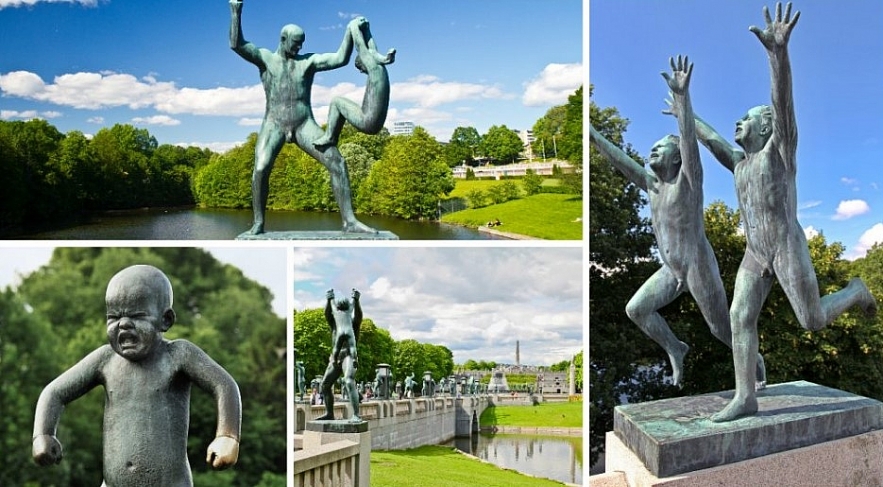 |
| Photo: nordicexperience.com. |
Trafalgar Square's Christmas tree is a gift from Oslo
Every year since 1947, Oslo has gifted the people of London a Christmas tree to say tusen takk for Britain’s support during World War II.
The tree, usually a 50-60-year-old Norwegian spruce, is selected well in advance from the dense forests that surround the city.
It is felled in November at a ceremony attended by the Lord Mayor of Westminster, the British ambassador to Norway and the Mayor of Oslo. When it arrives in Trafalgar Square, the tree is lit with white lights in traditional Scandinavian style.
Land of the Midnight Sun
1/3 of the country is in the Arctic Circle hence the nickname: “Land of the Midnight Sun".
A city of islands
While the city centre and most residential areas are on the Norwegian mainland, Oslo counts many islands within its city limits. Several of these can be visited by passenger ferry, which runs around once per hour during the busy summer season. Many locals own or rent small cottages on the islands and spend their July vacation there. The islands also offer plenty to interest the tourist. Historical ruins, nature trails, and beaches are among the highlights, while a kiosk on Hovedøya serves up waffles, coffee and ice-cream to keep you sustained.
The city’s river has two spellings
Anyone who’s lives here for more than a few years will know that dialects rule in Norway. That’s even true within Oslo, where some will say Akerselva and others will say Akerselven.
Both translate to ‘The Aker river’, for the difference in spelling is to do the spelling of the finite form of the noun river. The difference can also be seen with other place names in Oslo, including for example majorstuen/majorstua.
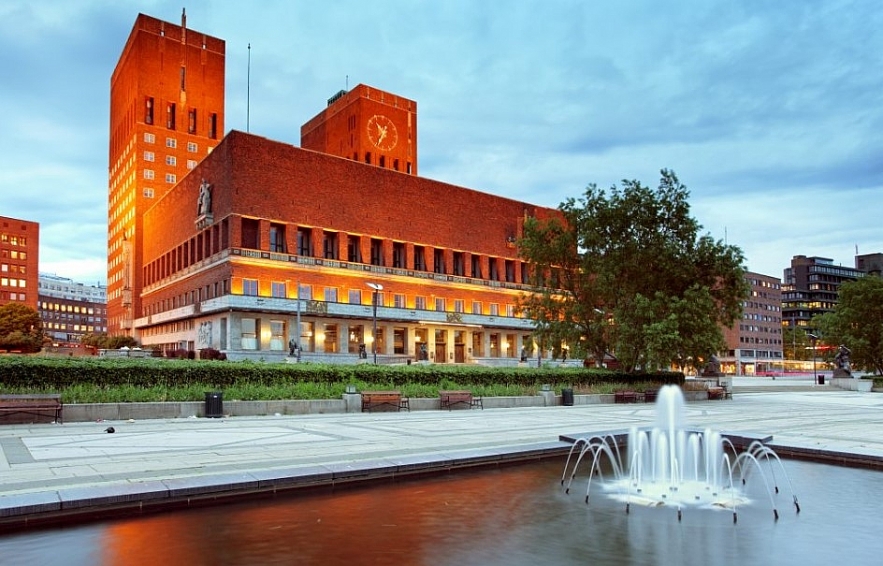 |
| Oslo City Hall, Norway. Photo: nordicexperience.com. |
Oslo, Christiania, Then Oslo Again
Oslo has always been called as Oslo since the Middle Ages (where it probably have originated from “Anslo” or “Aslo”), but there was a 300-year period in its history when it wasn’t called as such. After a fire ravaged the original settlement, King Christian IV of Denmark ordered another city to be built across the bay, which he named Christiania- after his own name. However, in 1925, people were questioning the idea of having a Norwegian city being named after a Danish king, so the original name of Oslo was restored.
Oslo has more electric cars than any other city
Norway is well-known as an electric car capital. Thanks to a long-term policy of encouraging electric car use, Norway now leads the world in the switch to a greener form of driving. So it's perhaps no surprise then that the capital city Oslo is the city in the world with the biggest percentage of electric car users. More than 50,000 registered all-electric vehicles are in use on the city's streets. Many apartments have incorporated charging points into their parking garages, while public charging points are numerous.
| Frequently Asked Questions about Norway How do I get to Norway? Norway is officially a worldwide destination, and as such you'll find international flights to and from Oslo, Bergen, Stavanger, Tromsø, Trondheim, Ålesund, Haugesund, and Sandefjord. It's incredibly easy to get to Norway from Europe and the UK, and you'll find plenty of direct connections from Oslo to major cities in the US like New York, Miami, and Los Angeles. The main airline that serves Norway and the rest of Scandinavia is SAS. If you're looking for a discount carrier, check out Norwegian Airlines; however, know that they charge extra for checked baggage, food during your flight, and other amenities. Major European and American carriers (Lufthansa, United, Delta, etc.) are options, too. Do I need a visa for Norway? Probably not. Though Norway isn't a part of the EU, if you live in an EU country, the United States, Canada, or Australia, you don't need a visa to visit Norway. You can travel in the country for up to 90 days with just a passport from any of these countries. How many days should I spend in Norway? That entirely depends on your budget, preferences, and schedule. If you want to spend a long weekend in Oslo and Bergen, that's doable in a few days. If you want to road trip the length of the country, you'll need a few weeks. If you're traveling by train or ship, that's another thing to keep in mind. I don’t speak Norwegian. Can I travel independently? Definitely. Almost all Norwegians are fluent in English, and even if they're reserved and quiet, don't take that as a reproach — that's just the Norwegian way. They're likely used to English speakers and will be happy to accommodate. What currency is used? The krone, or NOK. The exchange rate, as of late 2017, hovers around 8 NOK to 1 USD. When is the best time of year to visit Norway? It really depends on your preferences. Summer has the best weather and the most sunlight, but it's the high season for tourists, crowds, and prices. Winter, while it can be harsh in areas, has its own kind of beauty (especially considering the lack of crowds spoiling the view), and if you're a snow-lover, this could be the way to go. |
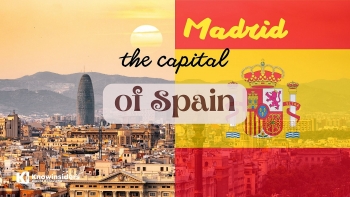 What Is The Capital of Spain: History, Facts, Best Places to See What Is The Capital of Spain: History, Facts, Best Places to See What is the capital of Spain? We rounded up all things you need to know about its capital, Madrid, one of Europe’s most historically rich ... |
 What Is The Capital of Sweden: History, Facts, Best Places to See What Is The Capital of Sweden: History, Facts, Best Places to See Stockholm is the most attractive and cosmopolitan of Scandinavia’s capitals – and the same is true of its urbane yet fun-loving inhabitants. We rounded up ... |
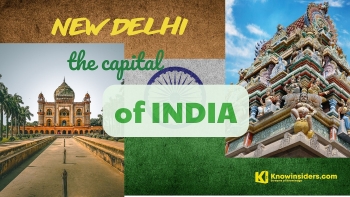 What is The Capital of India: History, Facts, Best Places to See What is The Capital of India: History, Facts, Best Places to See India's capital serves up an astounding cornucopia of history, culture, cuisine, commerce and street life, with countless sights and activities to keep visitors thoroughly engaged. ... |

